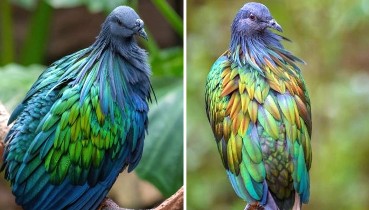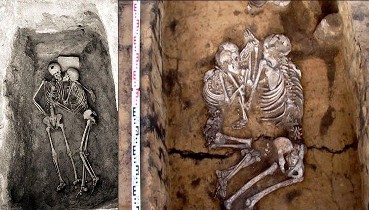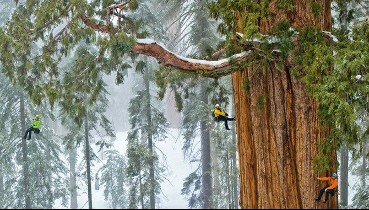
Amazing Nature
13 March 2022 ( 262 views )

Advertisements
The New Holland honeyeater (Phylidonyris novaehollandiae)
The New Holland honeyeater (Phylidonyris novaehollandiae) is a honeyeater species found throughout southern Australia. It was among the first birds to be scientifically described in Australia, and was initially named Certhia novaehollandiae.
Description
The bird is around 18 cm (7.1 in) long and is mainly black, with a white iris, white facial tufts and yellow margins on its wing and tail feathers. It is a very active bird and rarely sits long enough to give an extended view. When danger approaches a New Holland honeyeater, such as a bird of prey, a group of honeyeaters will form together and give a warning call. Sexes are similar in looks with the exception that females are, on average, slightly smaller. Young New Holland honeyeaters (<1 year old) have similar colouring but have grey eyes and a yellow gape and 'whiskers' near the nares. They appear to be a socially monogamous bird with no sign of co-operative breeding, but this observation is yet to be examined.
Breeding
The breeding behaviour of the New Holland honeyeater has been relatively well documented. In southern and eastern Australia, breeding commonly occurs during autumn and spring, although certain coastal populations may breed at any time of the year given suitable conditions, including sufficient food and absence of adverse weather. In Western Australia, New Holland honeyeaters have been observed to breed once annually from July to November, when nectar is abundant.
In breeding territories, males spend a large proportion of their time defending the nest and food resources, while the females invest a large proportion of their time in reproductive labour including nest construction, incubation, and a majority of the nestling care. However, these roles are not completely strict (Lambert and Oorebeek, observation). It is also common for females to utilise food resources that are in close proximity to the nest, while males venture further afield, toward the outskirts of the territory.
Source / Wikipedia
Recommended Videos
 143 Of The Most Charming And Cute Spider Pics The Internet Has To Offer142 views
143 Of The Most Charming And Cute Spider Pics The Internet Has To Offer142 views These Amazing Striped Icebergs in Antarctica Look Like Candy..495 views
These Amazing Striped Icebergs in Antarctica Look Like Candy..495 views-
Advertisements
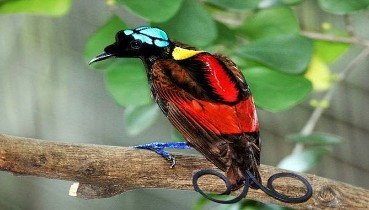 Wilson's bird-of-paradise (Cicinnurus respublica) is a species of passerine bird of the family Paradisaeidae.601 views
Wilson's bird-of-paradise (Cicinnurus respublica) is a species of passerine bird of the family Paradisaeidae.601 views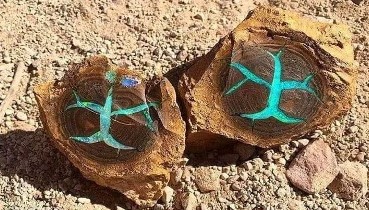 Beautiful and unique turquoise opal found inside petrified wood.6723 views
Beautiful and unique turquoise opal found inside petrified wood.6723 views 12 Insane People Who Went Under The Knife Numerous Times To Look Like Their Favorite Celebrities3845 views
12 Insane People Who Went Under The Knife Numerous Times To Look Like Their Favorite Celebrities3845 views These Massive Tunnels Were Dug by a Giant Sloth That Lived 10,000 Years Ago in South America221 views
These Massive Tunnels Were Dug by a Giant Sloth That Lived 10,000 Years Ago in South America221 views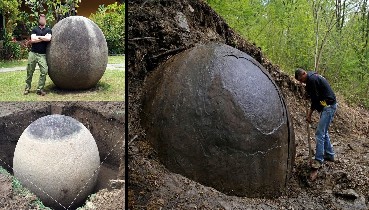 THE MYSTERIOUS STONE SPHERES OF COSTA RICA33473 views
THE MYSTERIOUS STONE SPHERES OF COSTA RICA33473 views 20 Random Photos That Will Make You Roll In The Aisles4279 views
20 Random Photos That Will Make You Roll In The Aisles4279 views
Advertisements

